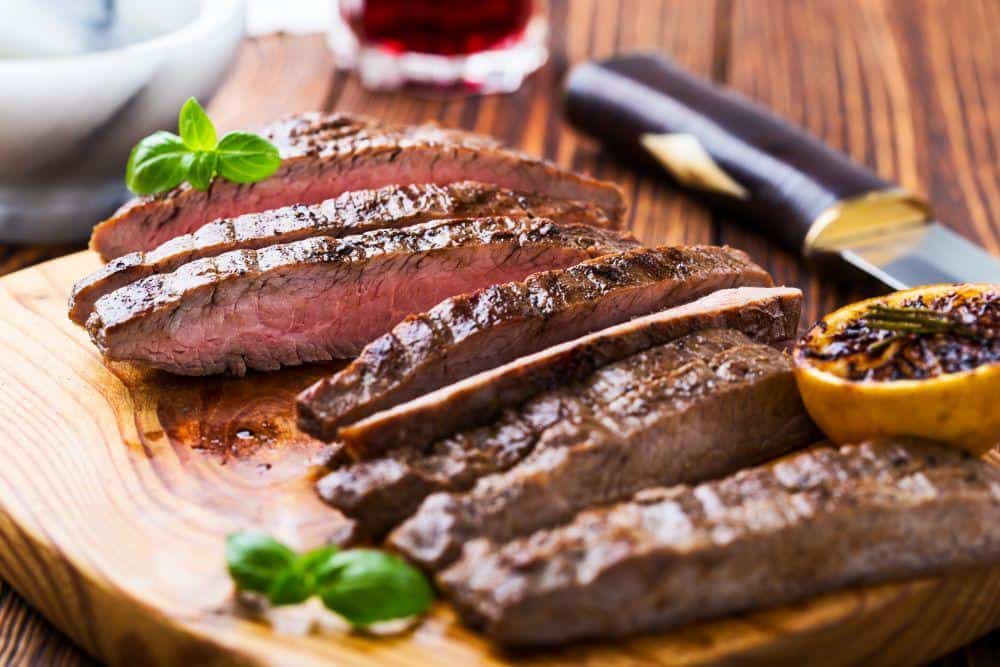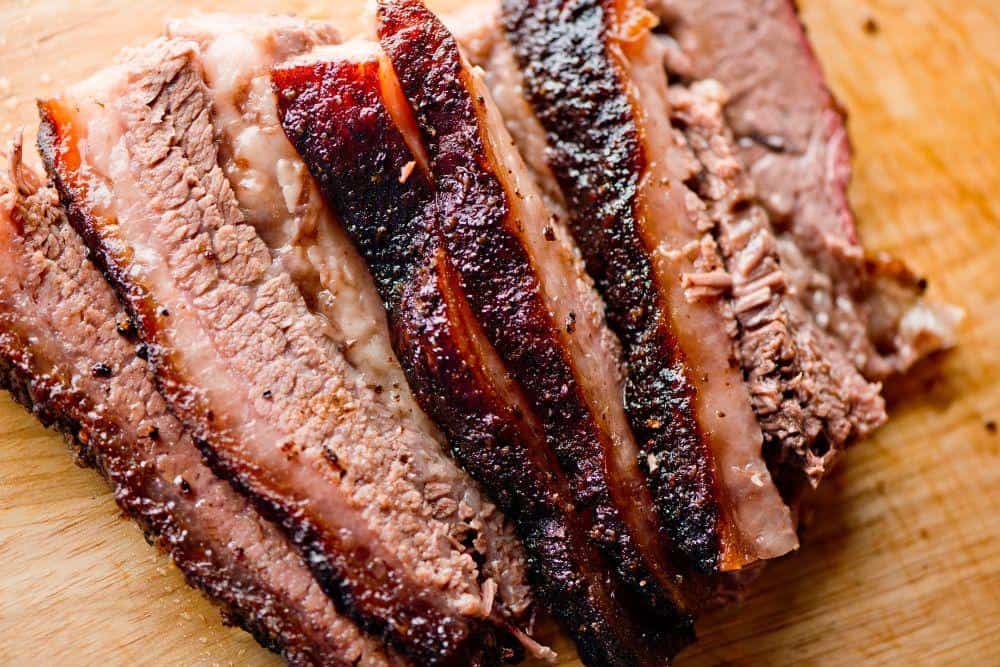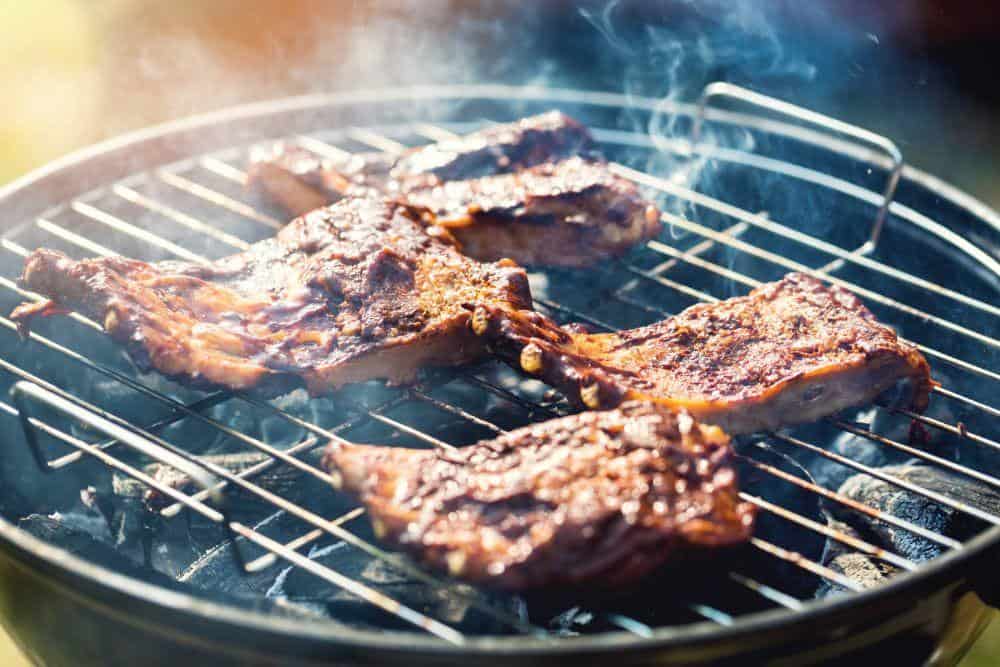Grilling a steak is one of the best ways to cook it. You get that delicious, smoky flavor, and it's a quick and easy way to prepare your meat.
Grilling a steak with oil locks moisture into the meat and prevents sticking on the grill. But what oil is best for grilling steak?
If you're trying to create the perfect sear on your steak, you'll need a high-temperature oil that can handle the high heat of the grill. But with so many oils out there, it can be hard to know which one is right for you. Here's a guide to the best oils for searing steak so you can get the perfect sear every time.
There are a few things to consider when choosing an oil. The first is the smoke point. The smoke point is the temperature at which oil begins to smoke and break down. Another factor is the flavor. Some oils have a strong flavor that can overwhelm the taste of the steak.
Steak should cook at a high temperature, so the best oil for grilling steak is one with a high smoke point and a neutral flavor.
Avocado oil's smoke point is extremely high, making it a suitable choice for grilling a steak. It's also a healthy option because it's high in monounsaturated fats.
Grapeseed oil has a high smoke point and is healthy cooking oil. It's a suitable choice for grilling a steak.
Peanut oil has a very high smoke point. It's also a smart option if you're looking for a flavorless oil.
Vegetable oil has a high smoke point and is up to par for grilling a steak. It's another flavorless oil option.
Canola oil smokes only at high temperatures. It's also a good option if you're looking for a healthier cooking oil.
Extra virgin olive oil's smoke point is relatively low, so it's not the best choice for grilling steak. However (and this is confusing to some), extra light olive oil is a good choice for grilling a steak. It has a high smoke point and a clean taste.

Different Types of Oils Can Be Used When Grilling Steak
Exactly how high of a smoke point do you need? A smoke point above 400 degrees Fahrenheit is ideal for grilling a steak. Pure oils like avocado, grapeseed, peanut, and canola have smoke points in this range.
Extra light olive oil's smoke point of 468 degrees Fahrenheit. Just be sure to avoid using olive oil labeled "regular." These have been treated with chemicals and have lower smoke points.
Extra virgin olive oil has a smoke point between 325 and 375. The oil will likely become rancid before your steak finishes cooking.
Safflower oil's smoke point is 450 degrees Fahrenheit, so it's certainly an option for grilling.
Peanut oil has a smoke point of 450 degrees Fahrenheit, and canola oil has a smoke point of 400 degrees Fahrenheit.
Rice bran oil's smoke point is 490 Fahrenheit, making it a good option for grilling.
Soybean oil's smoke point is 450 degrees Fahrenheit, so you can use it for grilling steak.
Avocado oil's smoke point is 500-520 degrees, making it one of the best choices for grilling a steak, and grapeseed oil has a smoke point of 480 degrees Fahrenheit.
Refined oils will generally have a higher smoke point than unrefined oils, which means they can reach a higher temperature before smoking and burning. Refined (processed) oil lacks impurities, while unrefined means it's in its natural state.
A neutral taste is essential when grilling with oil, so you don't want a flavorful oil like sesame. The intense taste will overpower the natural flavor of the meat.
You need to choose the type of steak you're going to grill. The most popular choices are filet mignon, ribeye, porterhouse, New York strip, and flank steak. There are three grades of steak:
A smaller, fattier steak is the best choice. The fat adds flavor and moisture to the meat. The taste is very rich and you don't need a gigantic slab of beef.
If you're up for spending more money on your steak, try buying at a farmer's market or butcher shop. You can get great advice and learn more about meat than you could at a grocery store.

Different Steaks Grilled With Different Types of Oil Can Provide a Variety of Different Flavors
When it comes to preparing steak, you have a few different methods you can use. But grilling is the way to go if you're looking for that perfect sear. The high heat of the grill can help lock in all the juices, giving you a tender and juicy steak packed with flavor. Grilling a steak to perfection is an art form. Here are some tips to get a great result every time.
Do not rub oil on the steak. Oil the grill surface to prevent the meat from sticking. Brush the grill surface with a high smoke point oil. When the oil starts to smoke, rub on another coat.
Like a cast iron skillet, you can season grill grates. The repeated process of oiling and heating the grates will make them darker and create a layer that adds flavor and prevents rust. This process works for cast iron and steel grates.
You should grill your steak on high heat. Grilling on high heat will help sear the steak's outside, locking in moisture and flavor. You cannot get a good sear when grilling over low heat.
There are several opinions regarding seasoning your steak. Some people like to keep it simple, with just salt and pepper. Others might get a little more creative, adding herbs and spices for extra flavor.
Whichever route you choose, ensure you season your steak generously, so it's packed with flavor.
You don't have to marinate a steak, but it can add excellent flavors. The downside is that you can't generate a crust on the meat.
Marinating is a good option for lean cuts like flank steak. The marinade will tenderize the meat in place of fat.
Here are a few popular steak marinade recipes:
Leave the steak sitting at room temperature for about 30 minutes before seasoning. Allowing the steak to sit at room temperature will help it to cook evenly. Whereas, it’s easy to overcook a cold steak because reaching the correct internal temperature takes longer while the outside continues to cook.
The "grilled flavor" that everyone loves develops through the Maillard reaction. Sugars and amino acids transform at high temperatures and magically turn into delicious tastes. If you grill a cold steak, you will overcook it before the Maillard reaction has time to operate.
Next, season the steak with kosher salt and pepper. Really dump it on there if you want a crust to form. You can apply different spices like garlic powder or onion powder as well.
Preheat your grill to high heat. When it's hot, oil the grill and place the meat on the grate.
The key to grilling a great steak is ensuring it's at the perfect temperature. You don't want it to be too rare or well done, but just right in the middle. Since steaks are of different thicknesses, time isn't the best measure of how to cook steak. Temperature and touch are more reliable.
Since you will be cooking steak over direct heat, do not close the grill lid. The lid is for slower cooking over indirect heat.
Flip the steak once if you want perfect grill marks. Flip multiple times if you want an even crust. Contrary to popular belief, flipping does not let juices leak out.
Once your steak cooks to the desired doneness, remove it from the grill and let it rest for ten minutes under loosely tented foil. This rest period will allow the juices to redistribute throughout the steak. And the steak will continue to cook while it rests.
After the steak has rested, slice it against the grain and serve.

Use Different Oils, Seasonings, and Temperatures to Grill Your Steak to Perfection
There are pros and cons to both of these cooking methods.
Grilling over charcoal imparts a smoky flavor you won't get from grilling over gas. It's also more challenging to control the temperature when grilling over charcoal, leading to more mistakes.
Grilling over gas is much easier and more forgiving. The temperature is easier to control, which means it's less likely that you'll overcook your steak.
If you're a beginner, grilling over gas is easier. Once you figure this out, you can experiment with grilling over charcoal.
To grill with charcoal, pile briquettes in the center of the grill and light them. Let them burn for about fifteen minutes until an ash coating appears. Move the coals to one side.
Place the grill over the coals and oil it. Heat the grill for another five minutes and cook your steak.
To grill with gas, preheat the grill for ten-to-fifteen minutes and oil the grate. Place your steak on the grill and start cooking.
